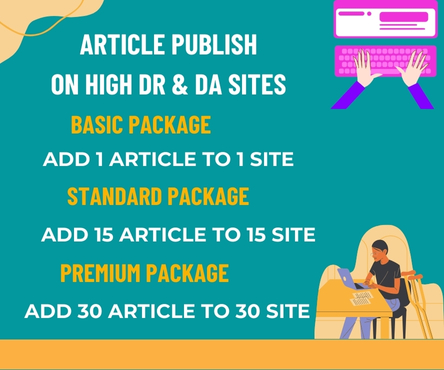Organ transplantation is a complex and delicate medical procedure that saves thousands of lives worldwide every year. However, the process of matching donor organs with suitable recipients is a daunting task, requiring precision, speed, and efficiency. This is where organ transplant software plays a vital role, revolutionizing the way organ donations are managed and allocated. In this article, we will explore the importance of organ transplant software and its impact on the lives of countless individuals waiting for a transplant.
The Challenges of Organ Transplantation
The demand for organ transplants far exceeds the available supply, resulting in a significant gap between the number of patients waiting for a transplant and the number of organs available. Moreover, the process of matching donor organs with suitable recipients is a time-consuming and manual process, prone to errors and inefficiencies. The consequences of mismatched organs can be dire, including organ rejection, complications, and even death.
The Role of Organ Transplant Software
Organ transplant software is designed to streamline the organ allocation process, ensuring that donated organs are matched with the most suitable recipients in a timely and efficient manner. These software systems utilize sophisticated algorithms and databases to analyze vast amounts of data, including donor and recipient medical profiles, tissue typing, and waiting list criteria. By automating the matching process, organ transplant software reduces the risk of human error, increases efficiency, and ultimately saves lives.
Key Features of Organ Transplant Software
Effective organ transplant software should possess the following key features:
- Donor and Recipient Management: Comprehensive databases for managing donor and recipient information, including medical profiles, contact details, and waiting list status.
- Matching Algorithm: Sophisticated algorithms that analyze donor and recipient data to identify optimal matches.
- Tissue Typing and Cross-Matching: Integration with tissue typing and cross-matching tests to ensure compatibility between donors and recipients.
- Waiting List Management: Automated waiting list management, enabling real-time updates and prioritization of patients.
- Reporting and Analytics: Advanced reporting and analytics capabilities, providing insights into transplant trends, organ utilization, and outcomes.
Benefits of Organ Transplant Software
The implementation of organ transplant software has numerous benefits, including:
- Improved Efficiency: Streamlined organ allocation process, reducing waiting times and increasing the likelihood of successful transplants.
- Enhanced Patient Care: Better matching of donor organs with recipients, reducing the risk of complications and organ rejection.
- Increased Transparency: Real-time updates and tracking of organ allocation, enabling greater transparency and accountability.
- Data-Driven Decision Making: Advanced analytics and reporting capabilities, informing transplant policy and decision-making.
Conclusion
Organ transplant software plays a vital role in modern transplantation medicine, saving countless lives and improving patient outcomes. By streamlining the organ allocation process, these software systems reduce inefficiencies, improve matching accuracy, and increase transparency. As the demand for organ transplants continues to grow, the importance of organ transplant software will only continue to increase, ensuring that this life-changing technology remains at the forefront of transplantation medicine.

